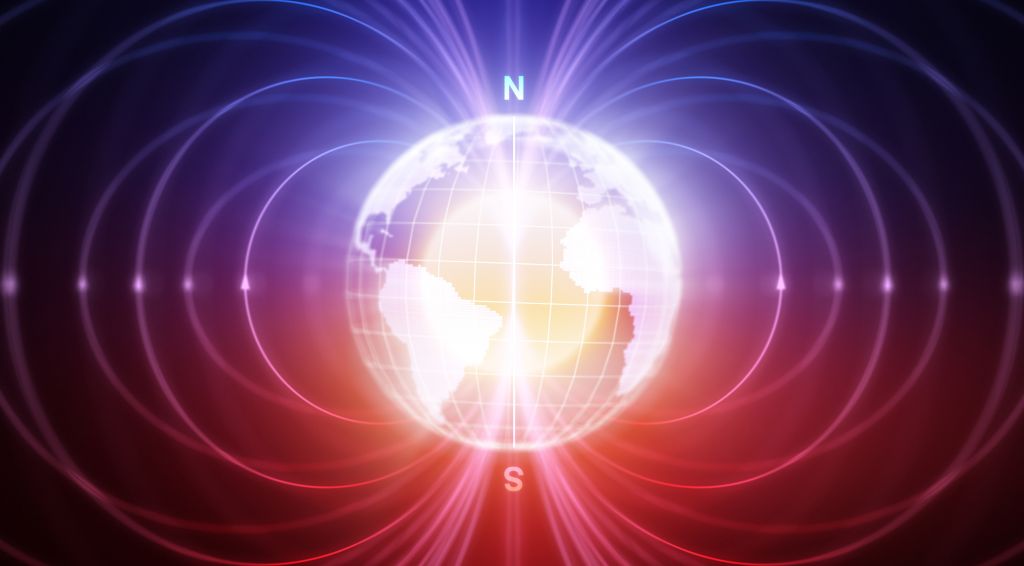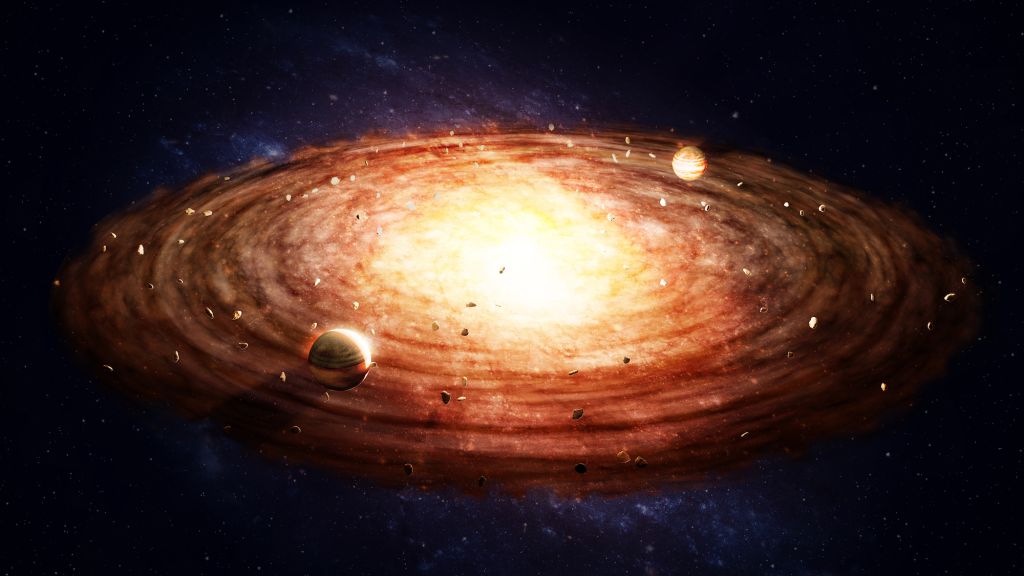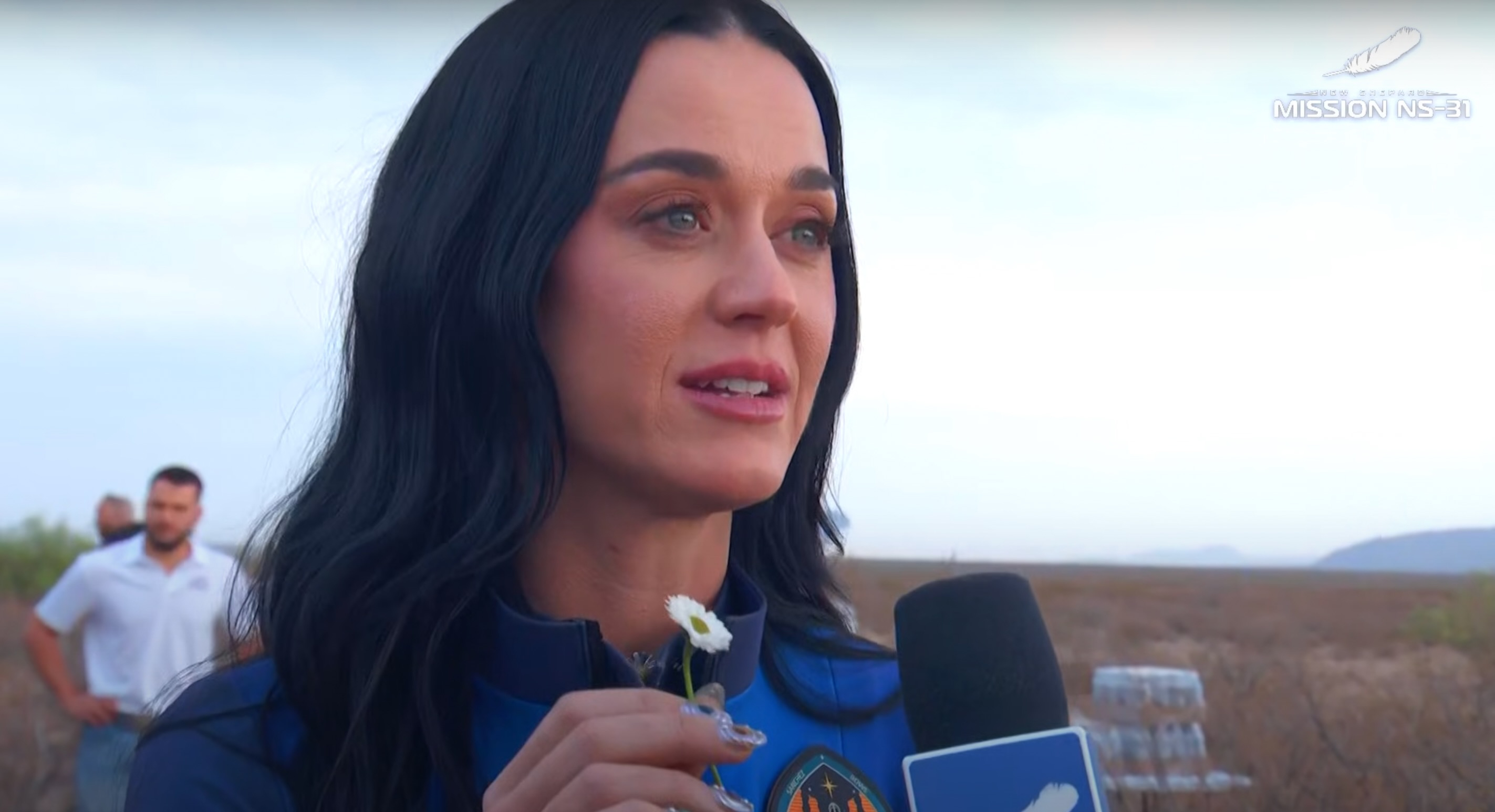
Laura Geggel
Laura is an editor at Live Science. She edits Life's Little Mysteries and reports on general science, including archaeology and animals. Her work has appeared in The New York Times, Scholastic, Popular Science and Spectrum, a site on autism research. She has won multiple awards from the Society of Professional Journalists and the Washington Newspaper Publishers Association for her reporting at a weekly newspaper near Seattle. Laura holds a bachelor's degree in English literature and psychology from Washington University in St. Louis and an advanced certificate in science writing from NYU.
Latest articles by Laura Geggel
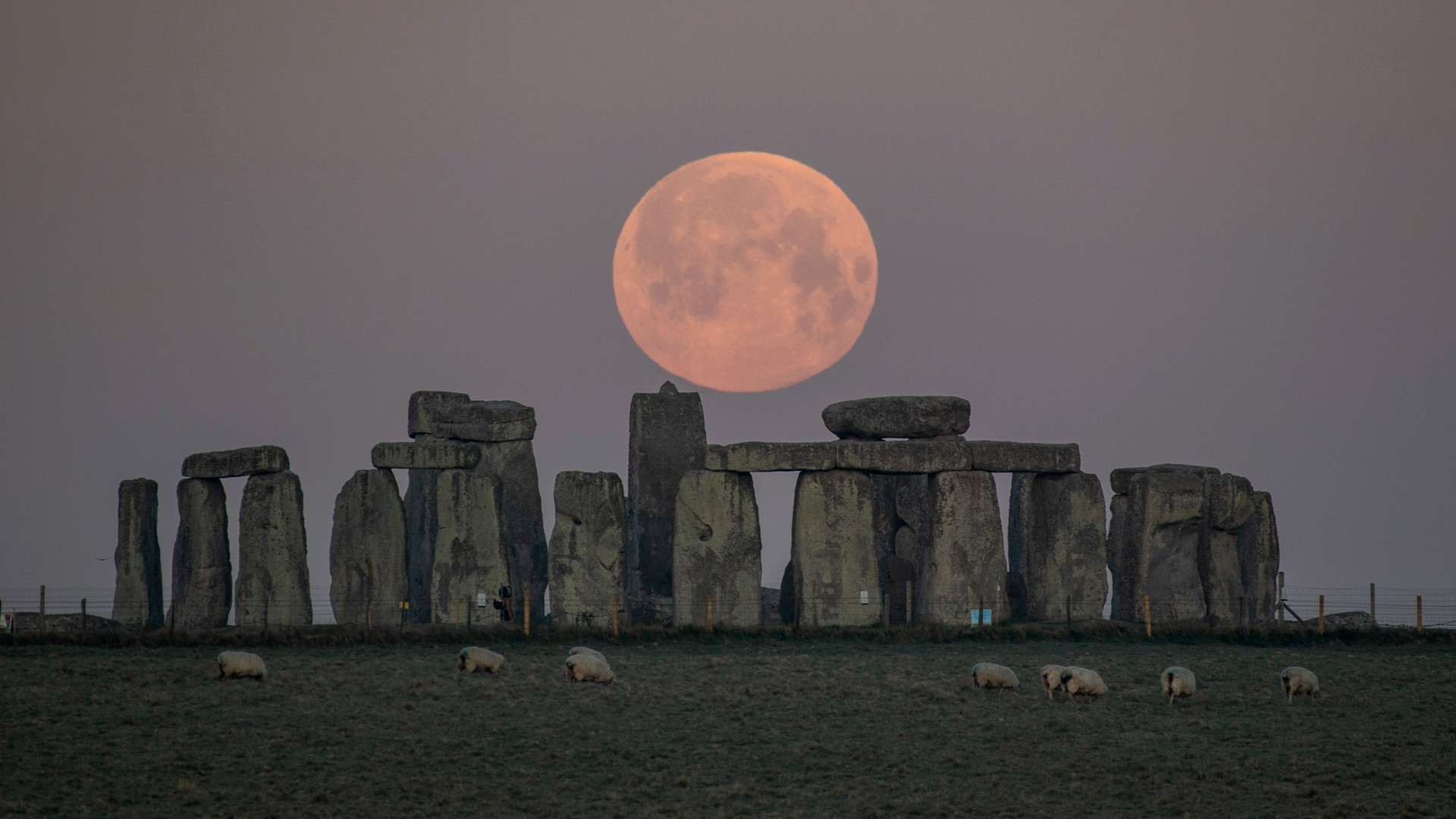
'Major lunar standstill' may reveal if Stonehenge is aligned with the moon
By Laura Geggel published
Is Stonehenge aligned with the moon? Scientists hope to find out during a rare 'major lunar standstill, which happens once every 18.6 years.
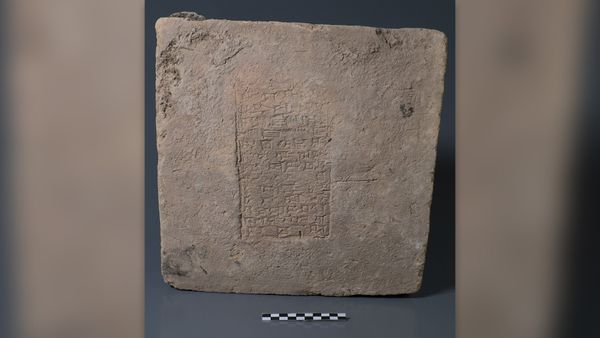
Iron oxide baked into Mesopotamian bricks confirms ancient magnetic field anomaly
By Laura Geggel published
About 3,000 years ago in ancient Mesopotamia, brickmakers imprinted the names of their kings into clay bricks. Now, an analysis of the metal grains in those bricks has confirmed a mysterious anomaly in Earth's magnetic field.
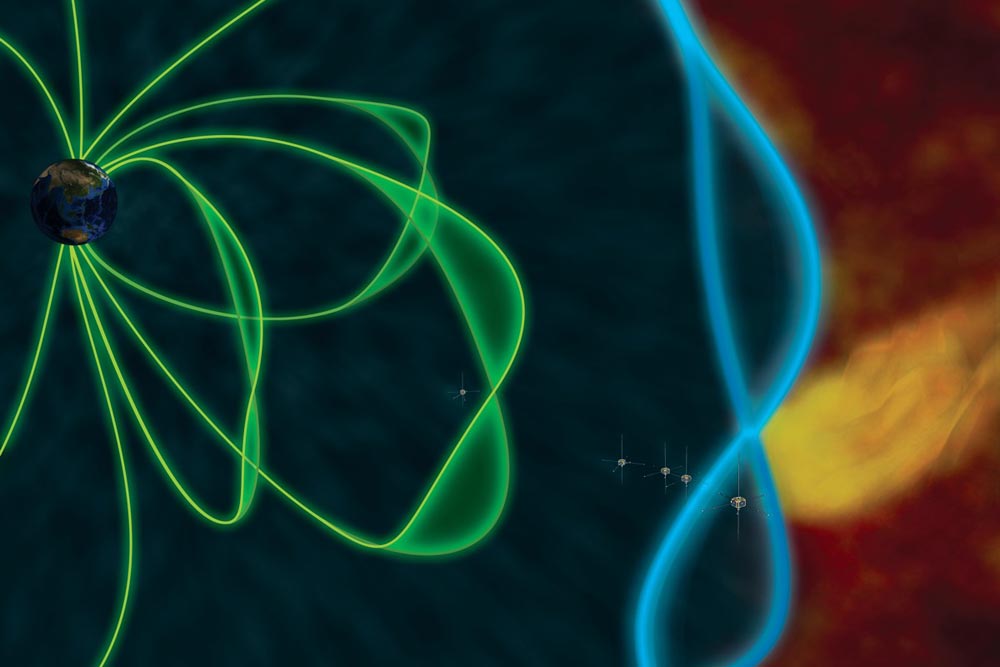
Earth's Magnetic Field Booms Like a Drum, But No One Can Hear It
By Laura Geggel last updated
And for the first time, physicists have recorded the wild drum beats rippling from the magnetic poles.
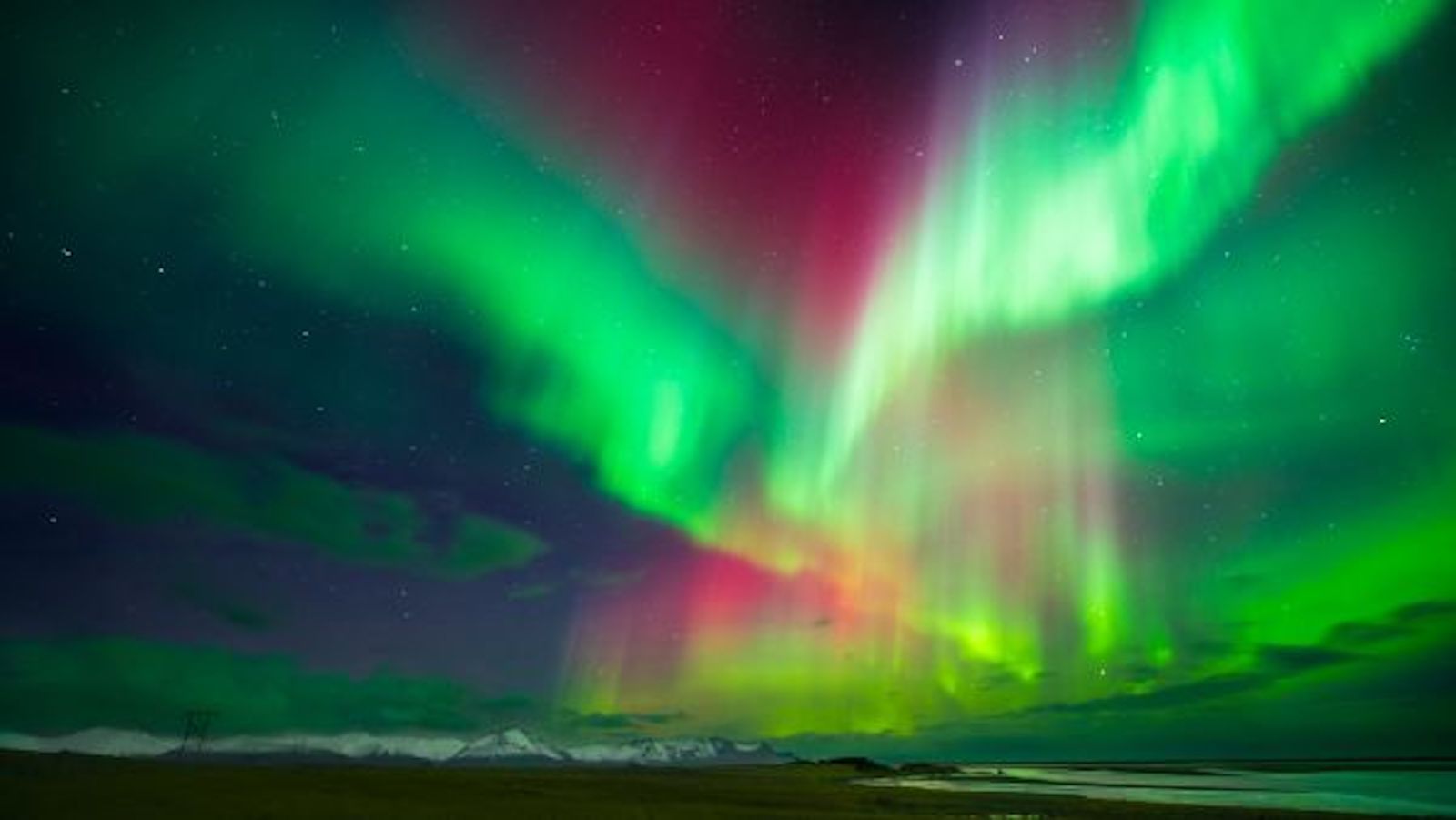
Earliest documented aurora found in ancient Chinese text
By Laura Geggel published
The oldest documented observation of an aurora may be in an ancient Chinese text.
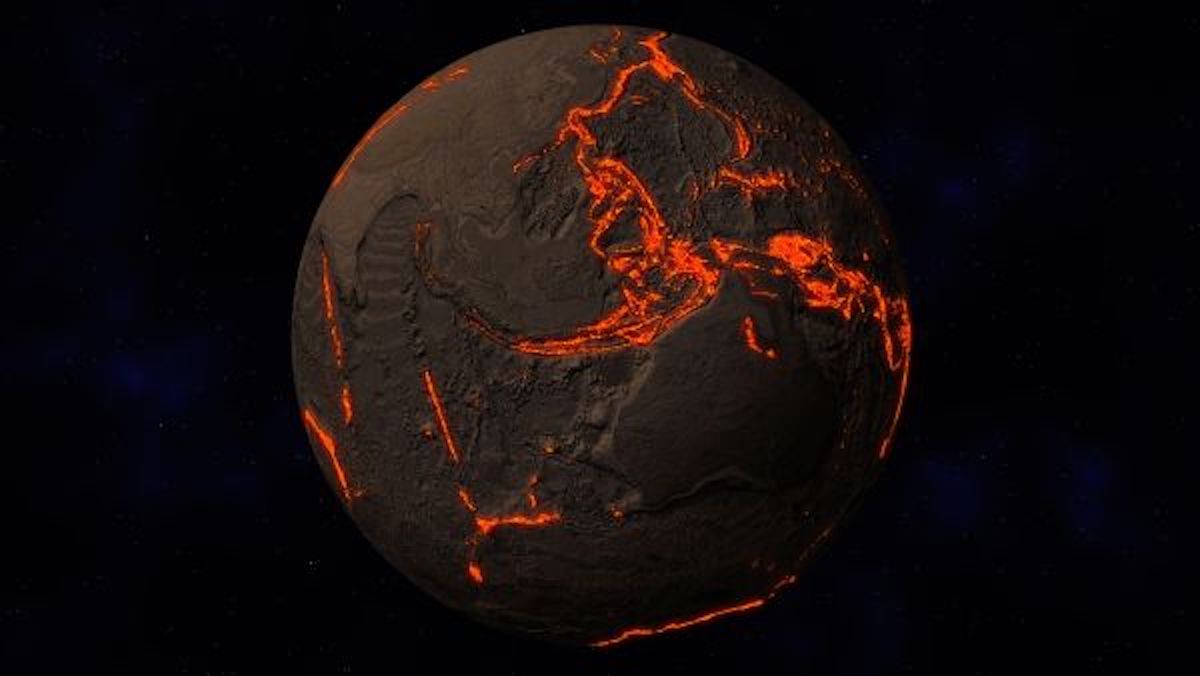
Evidence of 'modern' plate tectonics dating to 2.5 billion years ago found in China
By Laura Geggel published
Earth scientists in China have found evidence of a subduction zone dating to 2.5 billion years ago.
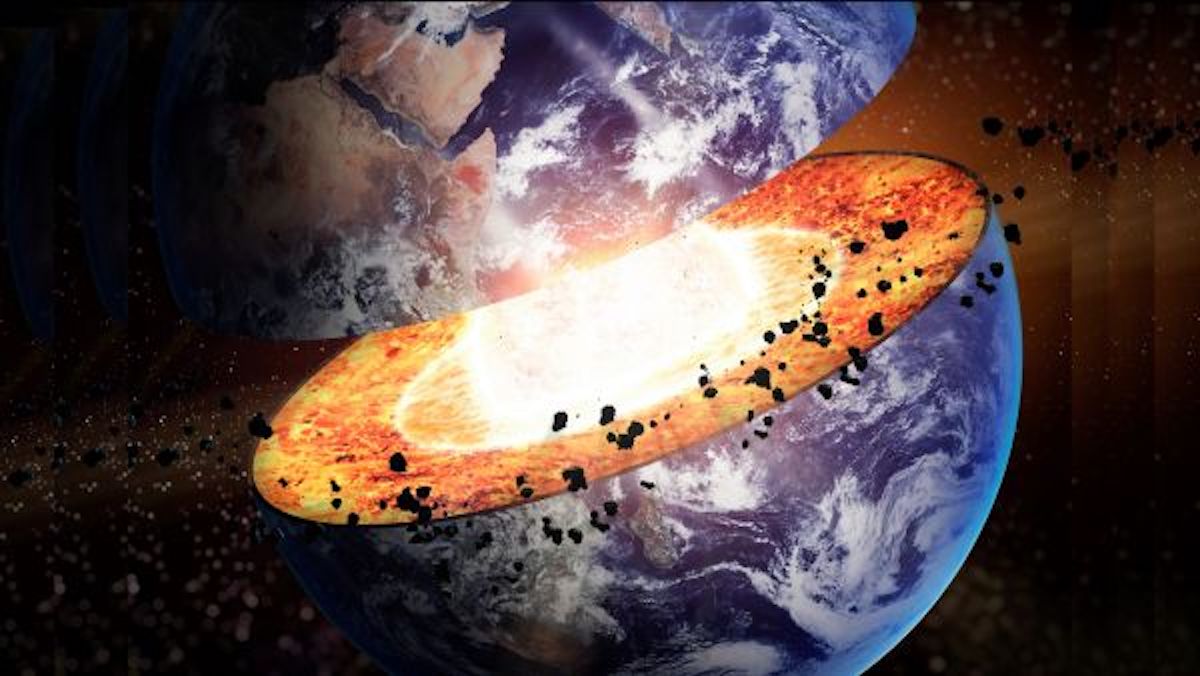
Rare primordial gas may be leaking out of Earth's core
By Laura Geggel published
A vast reservoir of the rare gas helium-3 may be hanging out in Earth's metallic core.
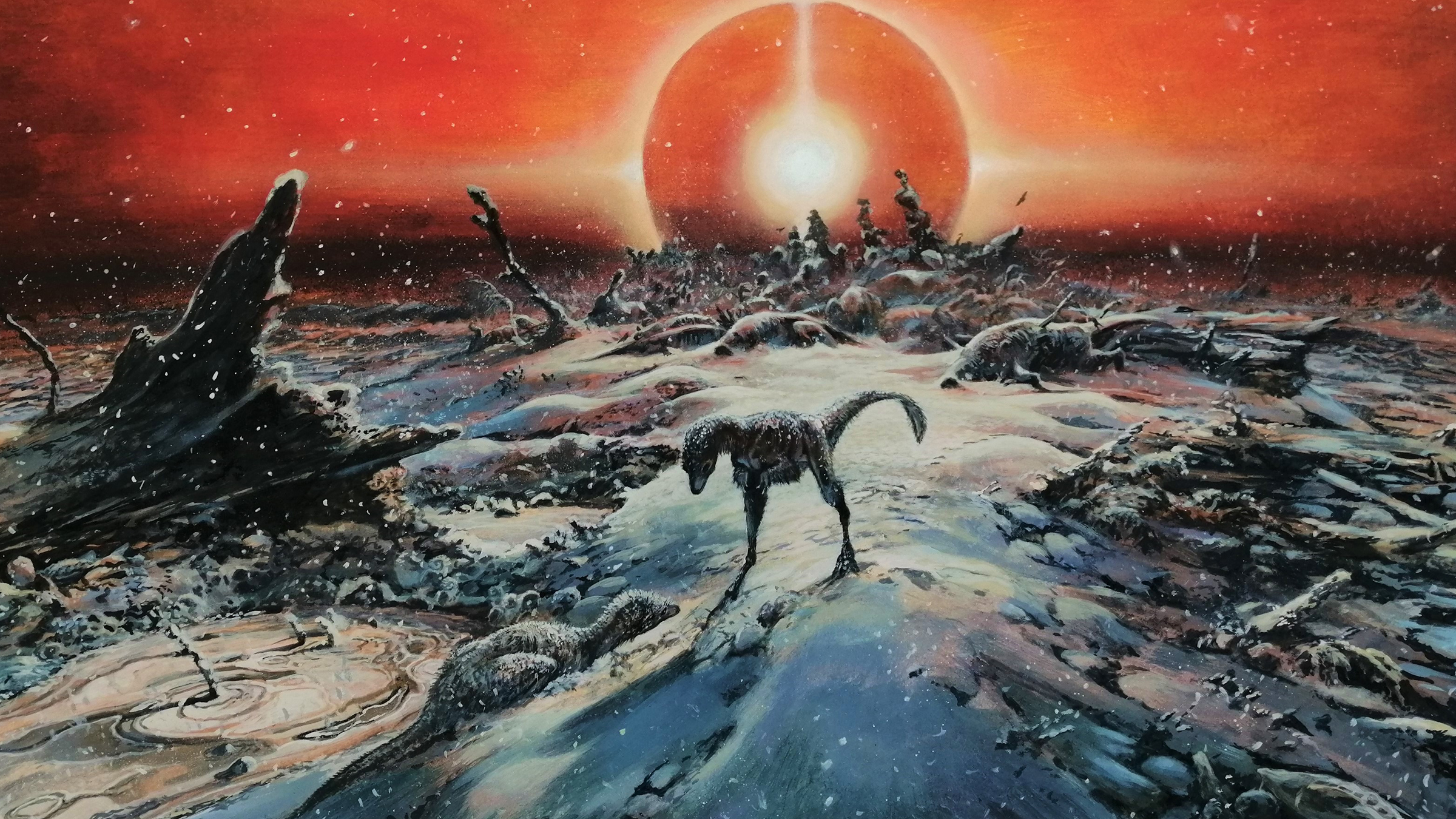
Sulfur from dino-killing asteroid caused way more global cooling than thought
By Laura Geggel published
The dino-killing asteroid lofted huge amounts of sulfur into Earth's atmosphere 66 million years ago, leading to rapid climate change.

How to see the Cold Moon, the longest full moon of the year, this Saturday
By Laura Geggel last updated
Here's why December's Cold Moon is the longest full moon of the year.

How did birds survive the dinosaur-killing asteroid?
By Laura Geggel published
A new analysis of a well-preserved ancient bird skull reveals secrets about its brain.

Wildfires burned Antarctica 75 million years ago, charcoal remnants reveal
By Laura Geggel published
Antarctica was warmer during the late Cretaceous period, a time when wildfire blazed through the region.

How to see October's full Hunter's Moon this Wednesday (Oct. 20)
By Laura Geggel published
October's full moon and the peak of the Orionid meteor shower are happening on the same day this week.
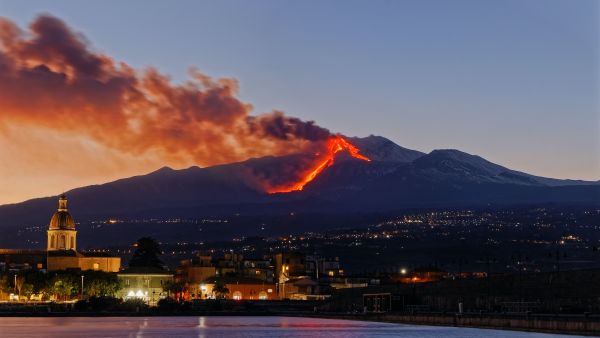
Mount Etna is 100 feet taller than it was 6 months ago
By Laura Geggel published
Satellite imagery reveals that Mount Etna has gotten 100 feet taller in the past six months.

52-foot-tall 'megaripples' from dinosaur-killing asteroid are hiding under Louisiana
By Laura Geggel published
A seismic image of central Louisiana reveals gigantic megaripple marks dating to the end of the dinosaur age.

Hurricane Elsa, 1st of season, could hit Florida next week
By Laura Geggel published
Elsa, The first hurricane of the 2021 season, formed on Friday (July 2).

4.5 billion-year-old particles from the sun lurk in Earth's core and mantle
By Laura Geggel published
Are there particles from ancient solar winds hanging out in Earth's core and mantle?

Astrophysicists create the most accurate 'flat map' of Earth ever
By Laura Geggel published
Cartographers have struggled to map Earth accurately in 2D for centuries.

Wandering polar vortex may cause a wild, snowy winter
By Laura Geggel published
A polar vortex disruption may cause snowy, cold weather in about two weeks.

Blue UFO soars over Hawaii before crashing into the sea
By Laura Geggel published
Multiple people saw a strange blue light whiz over Oahu, Hawaii.

Saturn and Jupiter to almost 'kiss' this winter solstice
By Laura Geggel published
From Earth's perspective, Jupiter and Saturn will appear a moon's distance apart on Dec. 21.

Gold miners discover 100 million-year-old meteorite crater Down Under
By Laura Geggel published
About 100 million years ago, a gigantic meteorite collided with Australia, creating a 3-mile-wide impact crater.

RV-size asteroid to get closer to Earth than the moon
By Laura Geggel published
Earth will change the direction of an asteroid that's getting awfully close this week.
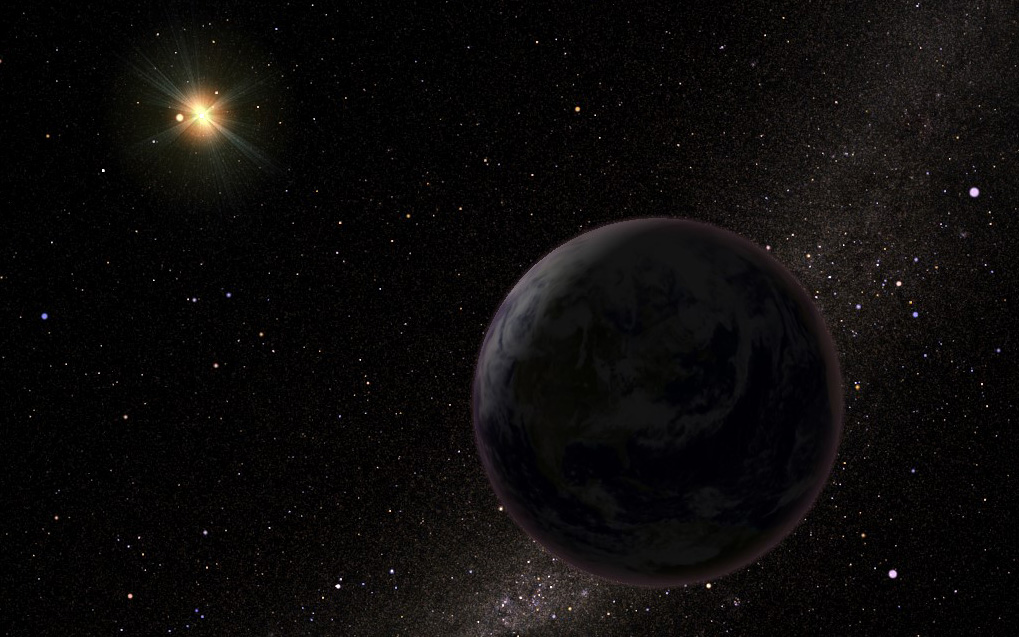
Hello fall! Equinox kicks off autumn on Sept. 22
By Laura Geggel published
Going forward, the North Pole will be plunged into twilight and then darkness.
Get the Space.com Newsletter
Breaking space news, the latest updates on rocket launches, skywatching events and more!

